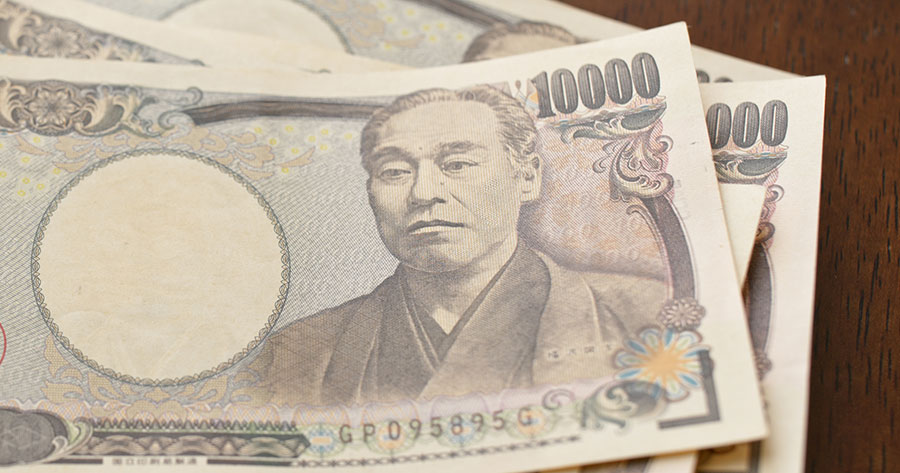After Kazuo Ueda, Governor of Bank of Japan (BOJ) signaled the chance of ending decades long of near zero to negative interest rate on Saturday (10 Sep), the Japanese Yen currency (JPY) jumped more than 1% Monday morning, touching the week high of USD 0.686 per JPY 100 or 146 Yen per US Dollar.
Japanese newspaper, Yomiuri reported on Saturday that the policy maker would end its negative interest rate if the inflation and wage growth reach 2% target, and BOJ could have enough data by year-end to make a decision.
The BOJ rate was at its peak 8.5% high during the inflation crisis in 1980, and 6% in 1990. After that, BOJ has been loosening the policy by cutting the rate down to 0% in 2000 and never raised above 0.5% again for more than two decades until now. The latest adjustment was in 2016 that went into negative territory at -0.1%.
This means the money savers would lose the money if they put it in the Japanese bank, crowding out foreign money savers and weakening its currency in the process. This incentivizes businesses to borrow more to invest as they get very low to almost no borrowing cost and would get money in return in some cases. Ueda’s recent comment might reverse all these.
On average, JPY has been trading between USD 0.8 to 0.9 per JPY 100 or 111 to 125 Yen per US Dollar as BOJ has intervened in foreign exchange market many times over three decades. BOJ bought the JPY during 1998, to support the collapsing economy during the Asian financial crisis at USD 0.69 per JPY 100 or 145 Yen per US Dollar.
After that, BOJ is mostly selling JPY to curb its strength, or its exports would be too expensive. BOJ has sold JPY from 1999 through 2011 until JPY is at its peak strength after the 2008 financial crisis at USD 1.3 per JPY 100 or 76.9 Yen per US Dollar, before a massive expansion policy under new at that time BOJ chief, Haruhiko Kuroda that has been crashing the JPY down since 2011.




